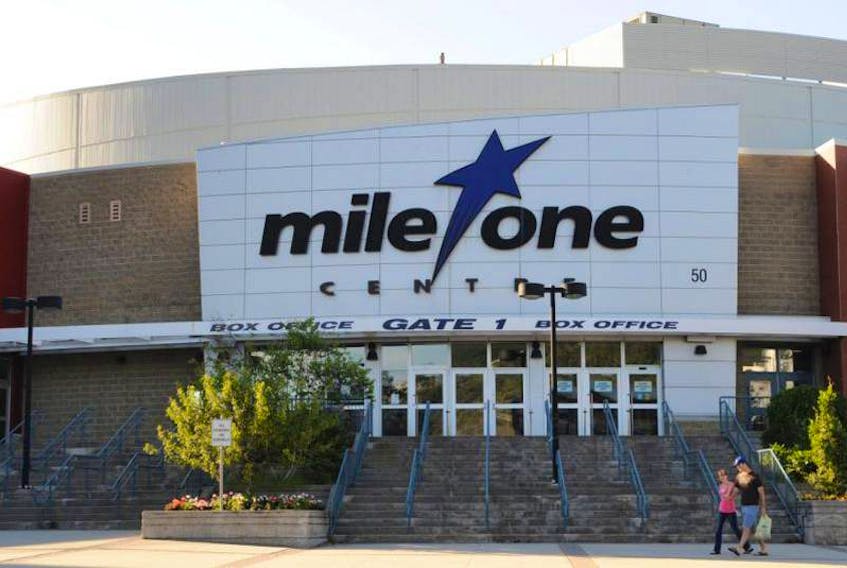To me, the most memorable character in Joseph Heller’s satirical novel “Catch-22” is actually one who isn’t a main player in the story about American bomber crews in the Mediterranean in the Second World War.

It’s Major Major’s father, who only appears in reference as someone who became successful by accepting federal farm aid.
Heller can describe him better than I.
“His specialty was alfalfa, and he made a good thing out of not growing any. The government paid him well for every bushel of alfalfa he did not grow. The more alfalfa he did not grow, the more money the government gave him, and he spent every penny he didn’t earn on new land to increase the amount of alfalfa he did not produce. Major Major’s father worked without rest at not growing alfalfa. On long winter evenings he remained indoors and did not mend harness, and he sprang out of bed at the crack of noon every day just to make certain that the chores would not be done. He invested in land wisely and soon was not growing more alfalfa than any other man in the county. Neighbors sought him out for advice on all subjects, for he had made much money and was therefore wise. “As ye sow, so shall ye reap,” he counseled one and all.
I am thinking about Major Major’s dad a lot the last few days, at least in those times I have recovered from the spin that has once again picked up around Mile One Centre and lease negotiations with the ECHL’s Newfoundland Growlers and National Basketball League of Canada’s St. John’s Edge.
Most of that Tilt a Whirl-worthy twirling has come from the teams, with Growlers majority owner Dean MacDonald blasting officials of the City of St. John’s, which owns Mile One Centre, and St. John’s Sports and Entertainment (SJSE), which operates the facility. The irritating burr, says MacDonald, is an SJSE proposal that would lead to a 65 per cent increase in the amount of rent the Growlers and Edge pay to use the facility.
MacDonald is talking about the Growlers playing somewhere else in Newfoundland in the short term, and possibly eventually leaving the province altogether, comments that came in the same week that saw him tour an under-construction arena in Trois-Rivières, Que.
Edge majority owner Irwin Simon followed a day later, using the same tune and a new verse, saying the basketball team could conceivably play somewhere else in St. John’s, and like MacDonald, suggesting there are mainland locations where he could relocate his franchise.
Both teams say that despite successful 2018-19 seasons, they lost money. The ECHL champion Growlers claim a million-dollar shortfall; the Edge say they weren’t close to breaking even, despite leading the NBLC in attendance.
Both say they can’t afford any increase to rental rates they claim are already much higher than those charged by similar facilities elsewhere in Atlantic Canada. They also insist they are the biggest boon to the Mile One bottom line, that they make money for the facility and that the much-discussed subsidy/operating deficit for the building is the actually the result of all other events held there.
The city responded Friday, encouraging a return to negotiations, saying a “a fiscally responsible offer” has been made to the team, one that “does not increase the teams’ costs by 65%” and that the proposed new terms are actually close to those that were in place in 2018-19.
“The City of St. John’s and (SJSE) Board are equally committed to offering professional sports at Mile One Centre, most importantly for the economic and social benefits the City receives from having professional sports teams,” said the release from the city’s public relations department.
That backs up quotes to The Telegram from Mayor Danny Breen and Coun. Sandy Hickman, chairman of the SJSE board, who said, “We want those teams playing out of Mile One.”
Mind you, the city and SJSE have the teams in a tough position, a position assumed eight weeks ago when the city backed out of a memorandum of understanding on a proposal that would have seen the teams taking over Mile One management.
With no other local facility being able to offer what Mile One does in terms of capacity or amenities, the Growlers, in particular, have no immediate alternate options that wouldn’t amount to an operational nightmare, especially with the start of the ECHL season just six weeks away. With the NBL Canada not set to begin its 2019-20 session until late November at the earliest, they might have a little more leeway, but Simon insists Mile One is where they should be.
Given all that, why can’t there be a deal, for this season at least?
MacDonald is adamant it’s because the teams aren’t wanted at Mile One.
Given the statements from the city, that would seem preposterous — but then a story popped up from earlier this month out of Saint John, N.B., about Harbour Station, which is in effect, that city’s Mile One.
In it are comments from SJSE chief executive officer Sheena McCrate.
Now, much of what’s attributed to McCrate was paraphrased and the full interview with her is not available, but the story leaves the impression McCrate believes “anchor” tenants can be problematic.
Here are excerpts from the story in The Telegraph Journal.
(McCrate says) that ‘home run’ events buoy facility costs in a way sport teams don’t. The trouble is, she said, “There’s this political position where we didn’t build this for two Bryan Adams concerts in July.”
And …
McCrate said arenas like Mile One and Harbour Station were built as multi-purpose facilities, but are run as hockey rinks.
“We deal with that every year,” she said, noting that ice rentals make more financial sense, but are limited because the ice time is eaten up by the “anchor tenant.”
“It’s a delicate balance of operating a professional sports team that comes with certain entitlement and privilege, and we don’t really live up to being a multi-use public facility.”
And …
Still, McCrate wonders if the desire for hockey is waning, given the ready access to a whole world of sport now available from your home. She suggested arenas like Mile One and Harbour Station tend to be operated by male hockey fans. Adding diversity into the mix would be “immeasurable,” she said.
The need for diversity in offerings at Mile Ones shouldn’t be questioned. But the Bryan Adams comments relate to concerts that were held last summer, and they were the only two events listed on the online Mile One events calendar for June and July of 2018. The calendar for this summer, when the building was unencumbered by the Growlers or Edge, didn’t list a single event. That’s from June 19, when the Atlantic Canada Petroleum Show ended, to Sept. 17, when the NHL exhibition game between the Toronto Maple Leafs and Ottawa Senators is scheduled.
Now I don’t know anything about running arenas, but this would seem to indicate any Mile One woes — whether because of external or internal factors, or both — go far beyond hockey and basketball teams.
As for the contentions about losses, subsidies, rental fees, it would be helpful if the two teams would open their books, and Mile One/SJSE, too. Otherwise, the public is left to consider just rhetoric.
And we’re not talking about redacted, boiled-down, summarized versions. Let’s get the full story, including splits when it comes to Mile One and the adjoining St. John’s Convention Centres.
Of course, it will be tough for most people to digest it all, but there will be someone out there who should be able to offer an unbiased assessment of what is revealed.
Let’s also unearth that consultant’s report commissioned last year by the City about Mile One, a report that supposedly was meant to help the City determine whether it should retain ownership of the building, sell it or look for third-party management.
And could somebody reveal just who is making the final calls when it comes to Mile One?
SJSE is mandated to run it, but the City — representing taxpayers— owns it.
How can we have the City, in releases and public quotes from officials, saying it’s important to have sports teams/anchor tenants in Mile One, and a published story in which the manager of that facility appears to question their value?
Are the anchors really millstones? Could it actually be better for the bottom line to eliminate 60 or so rental nights the sports teams bring? Can that subsidy — which by the way exists (in varying amounts to be sure) for just about municipally-run recreation/entertainment/sports operation in this country — be lessened by having less activity in the building? And is reducing that subsidy the pre-eminent goal?
Like Major Major’s dad discovered, is there a big benefit from doing little or nothing?
If so, if there is someone with some say in the matter who truly believes this and sees it as a prudent course, then that someone should say it outright, political implications be damned. Then, the sports teams should make their decisions, including the possibility of folding or leaving, with that patent policy having been considered.
If not, then the City and SJSE need to sort out their stories on what they think Mile One is, should be or could be.
Twitter: @thetelegram.com









